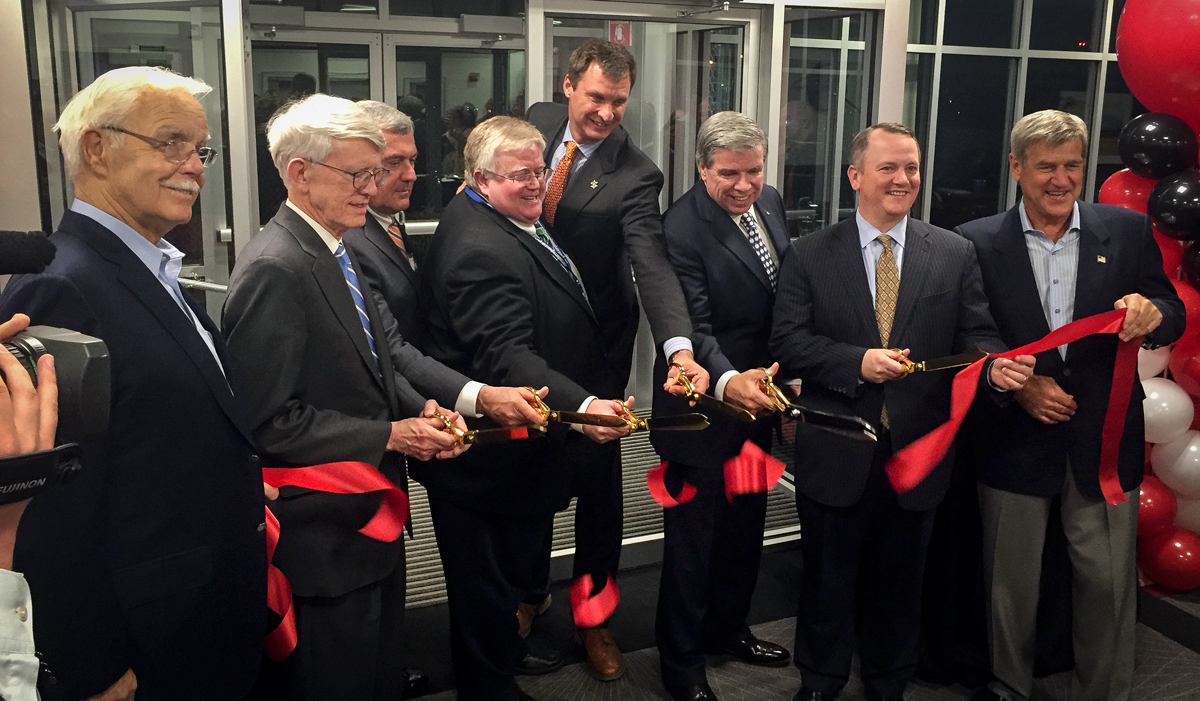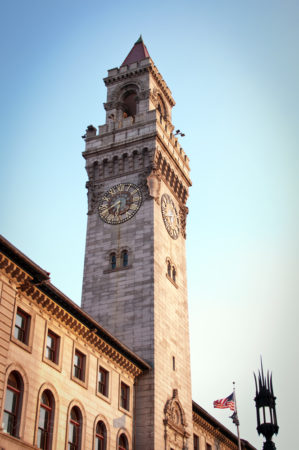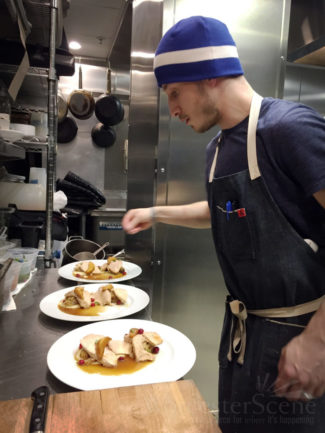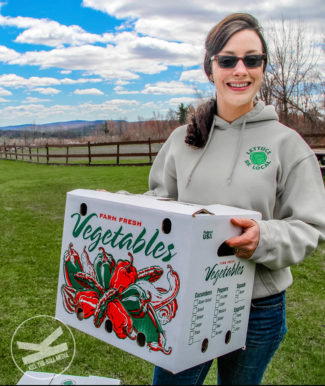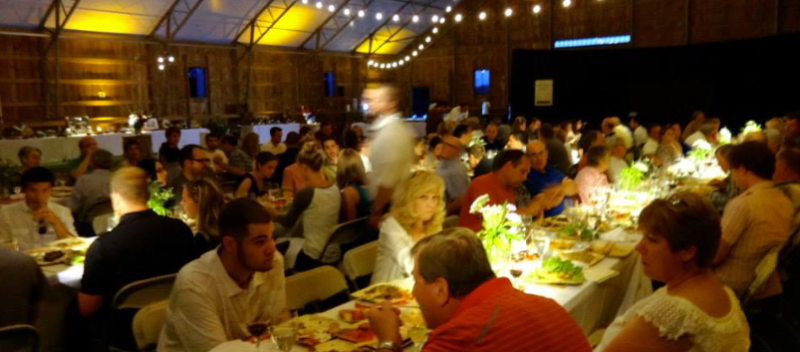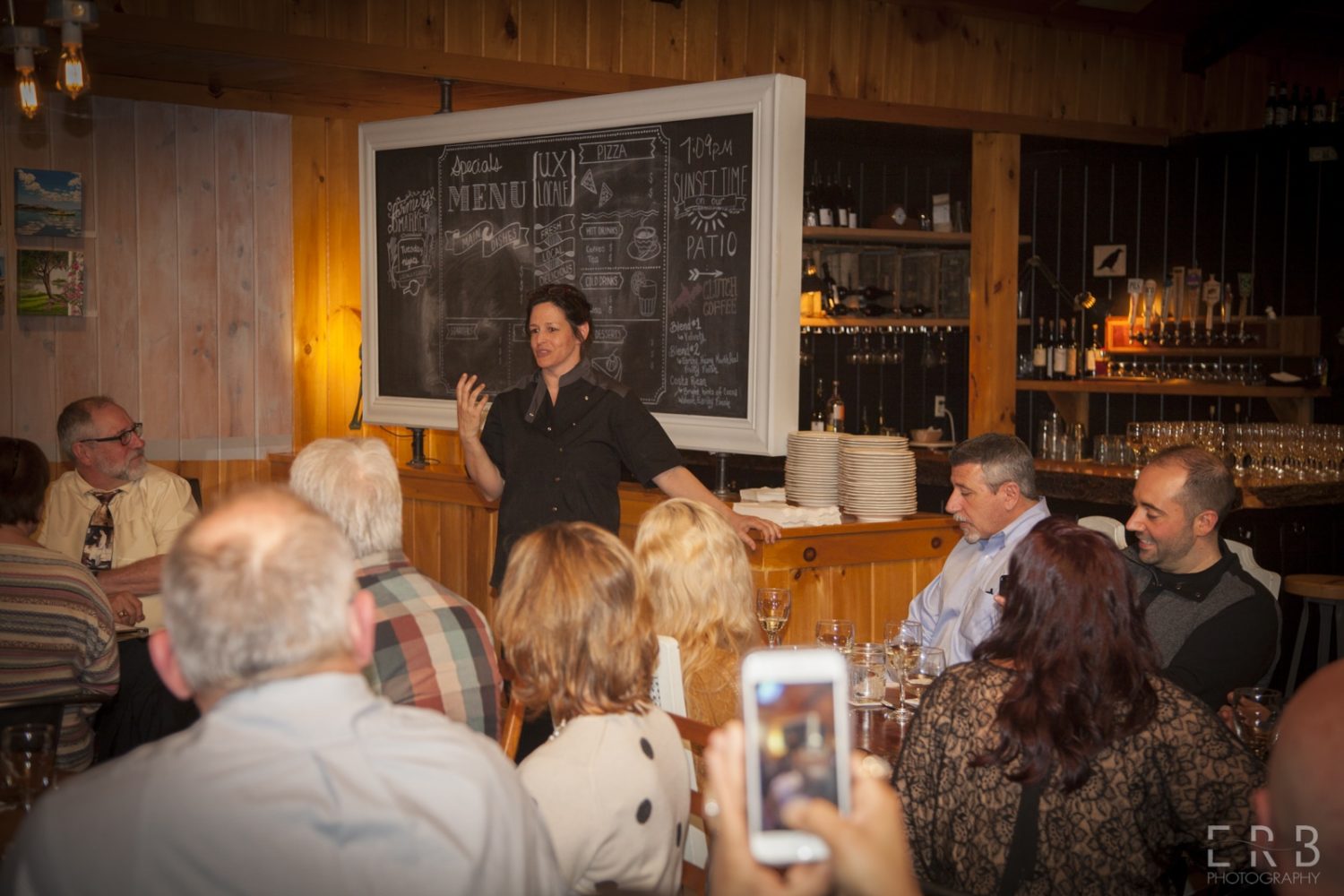
The seventh installment of the ever-growing Chef’s Best dinner series at UXLocale celebrated the humble memories and attachment to family cuisine and the innate culinary skills of Chef Elaine Pusateri Cowan.
UXLocale is a newcomer to the infrequent food scene of Uxbridge, MA and it has proclaimed itself as a destination eatery. Combining the picturesque backdrop of rolling green hills and mother nature with a sincere menu of Italian influenced cuisine, UXLocale is a one-of-kind twist on modern country. “These are the dishes that have been built through my family and every dish is connected to a specific experience, tradition or celebration,” said Chef Pusateri Cowan. From grandma’s original recipes to her son’s perfectly thumbed gnocchi, Chef Pusateri Cowan’s menu for Chef’s Best gave us a private seat at her family table.
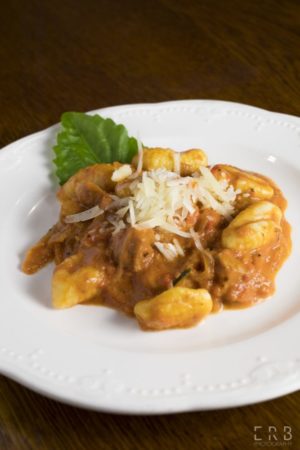
Unlike past Chef’s Best, the menu was undisclosed prior to the event, leaving eventgoers in high anticipation of what to expect. But UXLocale delivered a night of memorable dishes, insightful discussion about the influence of family and the value of passionate cooking. From the beginning, Chef Pusateri Cowan, introduced the elegance and simplicity behind Italian cuisine.
Starting with the Antipasto Di Mare Misto – a dish comprised of tender calamari, plump shrimp and sweet Vidalia onions marinated for three days in a lemony vinaigrette paired with crispy fried smelts over hollandaise – it was an instant palette awakening. The crispiness of the fried smelts and the freshness of the plump shrimp and tender calamari created a smooth transition to the richness of the Oyster Mushroom French Onion Soup – a soup combined of braised blue and white oyster mushrooms, caramelized onions in a rich marrow broth topped with crostini of their house-made bread and melted gruyere. The Oyster Mushroom French Soup reiterated Chef Pusateri Cowan’s emphasis on locally sourced foods and the need for fresh ingredients. “We have partnered with Lettuce Be Local, to ensure freshness in our dishes and expand our menu options with great finds from local farms by Lynn Stromberg,” said Chef Pusateri Cowan. Paired with the Domaine de la Guintrandy Cotes du Rhone Vielle Vignes, a wine from the south of France, it enhanced the richness of the Oyster Mushroom French Onion Soup with a smoky and spicy after taste.
Followed by an extensive dive into the world of homemade dough, fresh tomato sauces and rare toppings, the Trio Di Pizza could have stood as the main dish of the evening. Presenting three pizzas to a table, the sounds of utter enjoyment could be heard throughout the room. The Margherita – a pizza of fresh crushed Pomodoro tomatoes, mozzarella, freshly torn basil, and hint of oregano – was the first pizza. Refreshing the taste palettes, it provided a unique connection between the Funghi Pizza – a pizza comprised of Gruyere, thinly sliced apple, rosemary-infused Portobello mushrooms and caramelized onions – the Spinaci Mostarda – a pizza of spinach sautéed in garlic, yellow and black mustard seeds, ricotta “kisses” and drizzle of honey – and a glass of La Stoppa Trebbiolo Rosso.
The Roasted Chioggia Beet Salad – a salad of roasted Chioggia beets over a bed of dressed arugula topped with a crumble of chevre and freshly snipped micro-greens – harmonized effortlessly with a glass of Haut Marin Les Fossils Blanc, giving an extra hint of freshness through a floral and honeysuckle flavor. “The beets were a must for this dish. They are beautiful and look like a kaleidoscope,” said Chef Pusateri Cowan.
As the final entrée dish, Chef Pusateri Cowan presented a Ricotta Gnocchi with Sausage and Vodka Sauce – a dish with an extra delicate touch from her son and sous-chef, Chad, as he thumbed the individual gnocchi to emphasize the innate culinary skills behind the Pusateri Cowan family. A house-made Italian sausage and gnocchi with crushed tomatoes, rosemary, Asiago, Pecorino Romano and Vodka cream was the dish of the night, adding in a breath of fresh air with every bite. Paired with a Francesco Rinaldi Dolcetto d’Alba Roussot – a red wine from Piedmont, in Northern Italy, founded in 1870s – the dish infused an earthy flavor and resonated with the sentiments that align with comfort dishes.
While nights in Italy, finisce tutto a tarallucci e vino, at UXLocale the night ended with a French press and Ricotta Pie. Labeled as the “Italian Cheesecake,” the Ricotta Pie was a smooth, cheesy and creamy cake slash pie highlighted with hints of lemon and it was a flawless transition to the night’s end.
[huge_it_gallery id=”8″]

